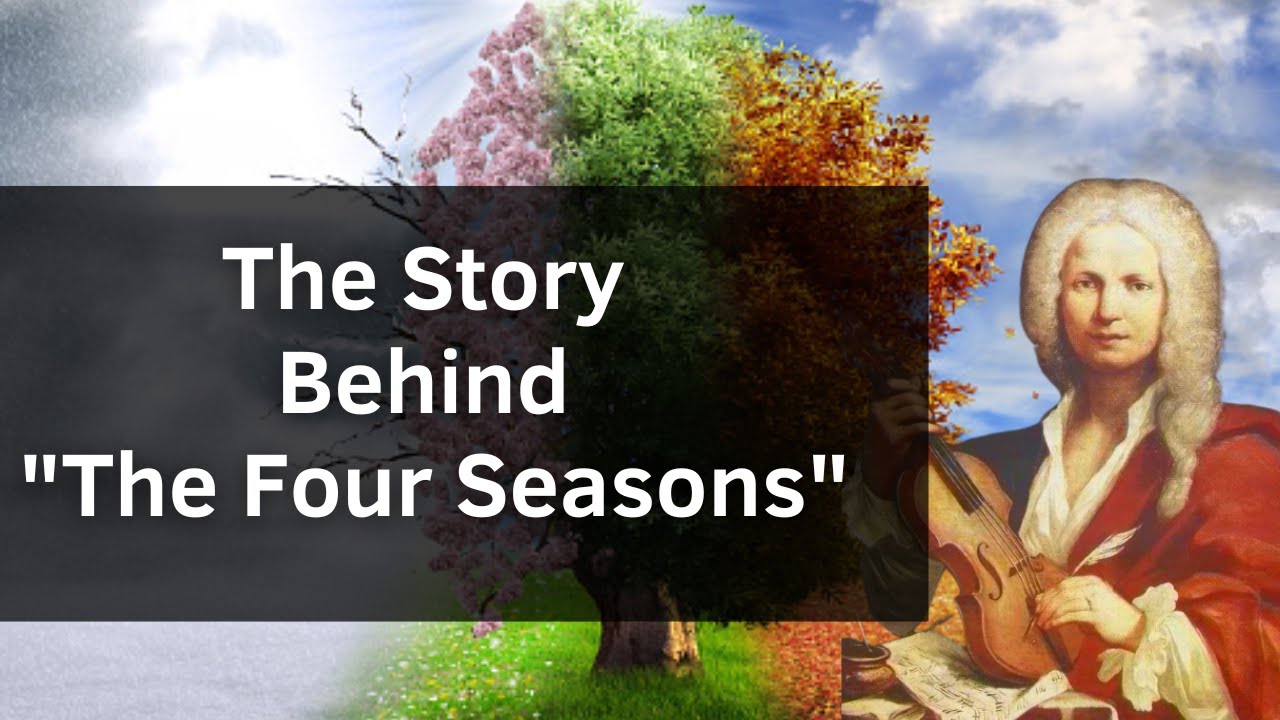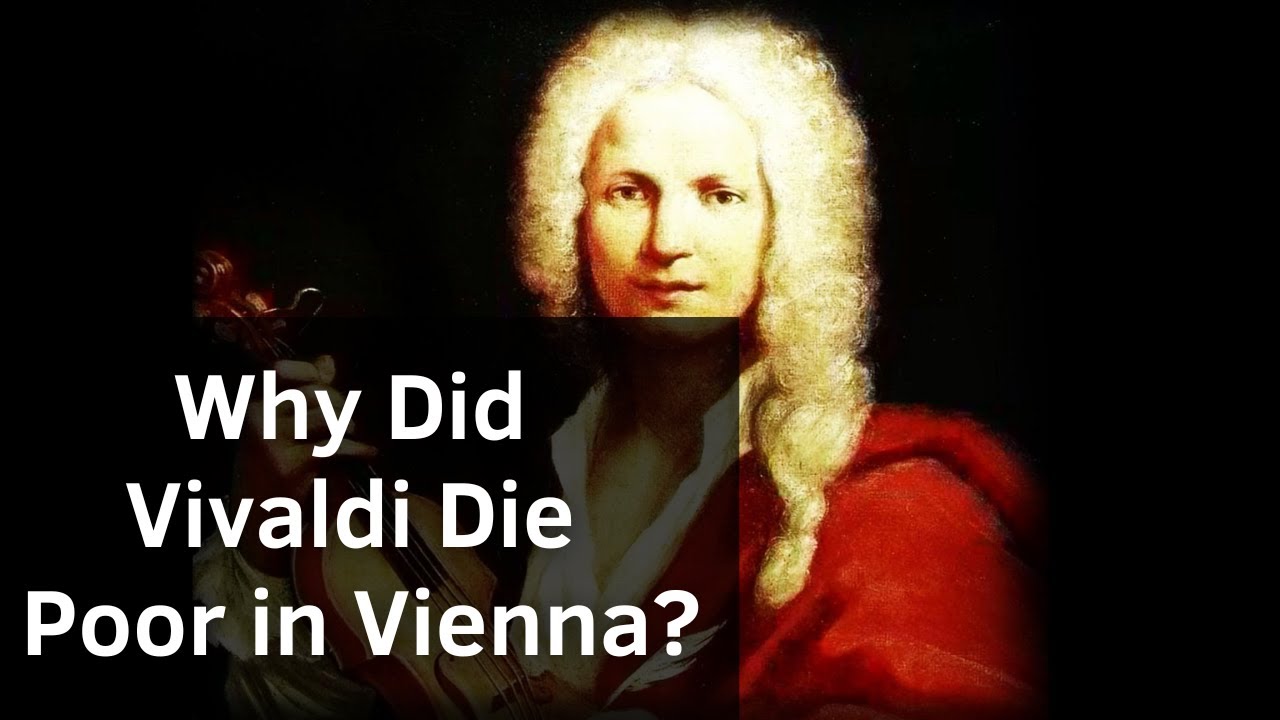
Verdi – Short Biography
Verdi – Short Biography Giuseppe Fortunino Francesco Verdi (10 October 1813 – 27 January 1901) was an Italian composer best known for his operas. He was[…]

The Story Behind “The Nutcracker” by Tchaikovsky
The Story Behind “The Nutcracker” by Tchaikovsky The story of The Nutcracker is loosely based on the E.T.A. Hoffmann fantasy story The Nutcracker and the Mouse[…]

The Story Behind the Symphony No. 5 by Beethoven
The Story Behind the Symphony No. 5 by Beethoven Beethoven was already growing deaf when he started his fifth symphony in 1804. He began working on[…]

The Story Behind The Four Seasons by Vivaldi
The Story Behind The Four Seasons by Vivaldi Antonio Vivaldi is a genius and truly stands out as the most creative among the host of composers[…]
Vivaldi – Short Biography
Vivaldi – Short Biography Antonio Lucio Vivaldi was born on March 4, 1678, in Venice, Italy. His father, Giovanni Battista Vivaldi, was a professional violinist who[…]

Five Facts You Didn’t Know About Vivaldi
Five Facts You Didn’t Know About Vivaldi 1. Vivaldi’s baptism Vivaldi was baptised immediately after he was born, in his own home. This could have been due[…]

Why Did Vivaldi Die Poor in Vienna?
Why Did Vivaldi Die Poor in Vienna? Vivaldi spent most of his career at a single institution, a home for the illegitimate children of Venetian noblemen[…]

Vivaldi Biography – Music | History
Antonio Lucio Vivaldi (4 March 1678 – 28 July 1741) was an Italian Baroque composer, virtuoso violinist, teacher, impresario, and Roman Catholic priest. Born in Venice,[…]

Vivaldi – Concerto for 2 Trumpets in C major, RV. 537 – Music | History
This concerto in three movements was published around 1950, though little is known about its composition date or circumnstances. The only source for this concerto[…]

Vivaldi – Concerto for 2 Violins in A minor, RV 522 – I. Allegro – Music | History
Vivaldi – Concerto for 2 Violins in A minor, RV 522 – I. Allegro – Music | History L’estro armonico (The Harmonic Inspiration), Op. 3, is[…]